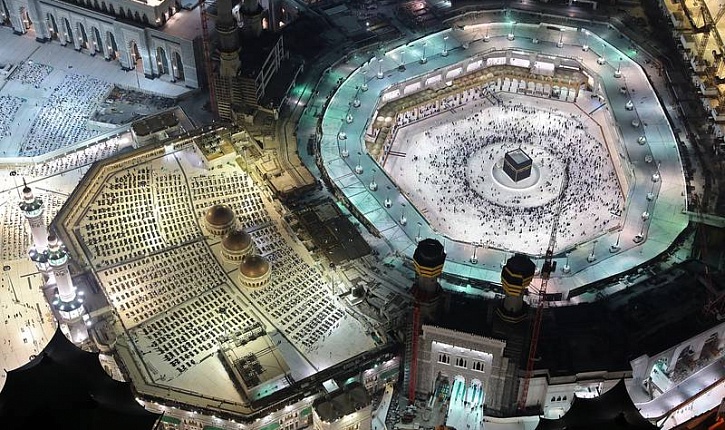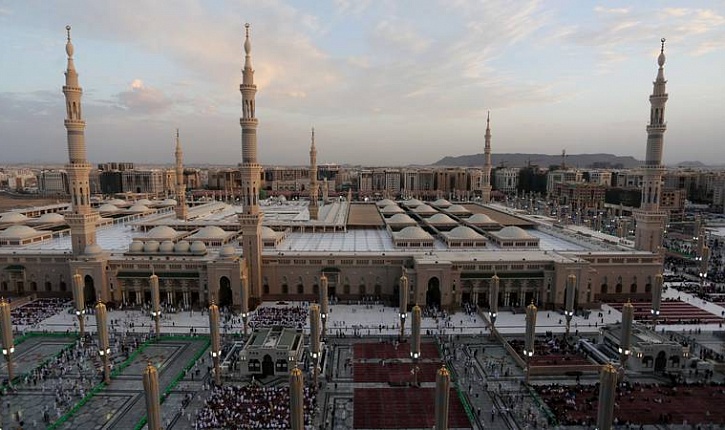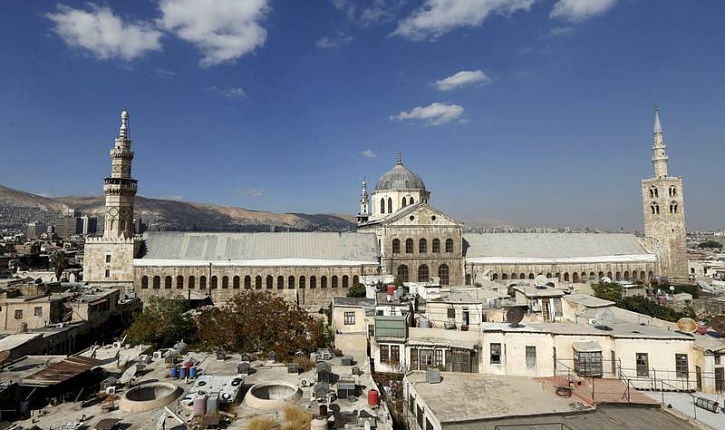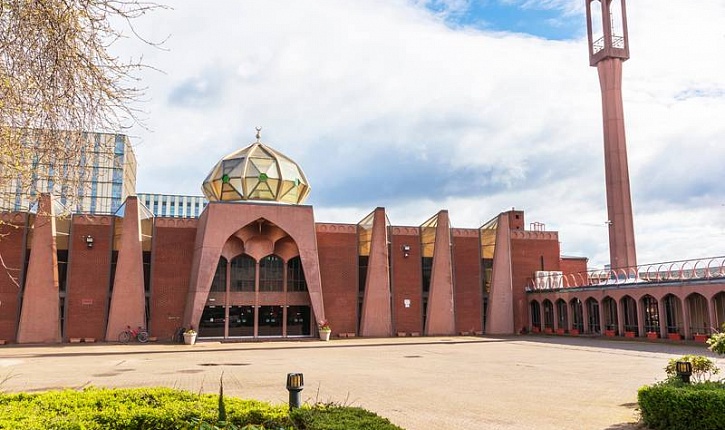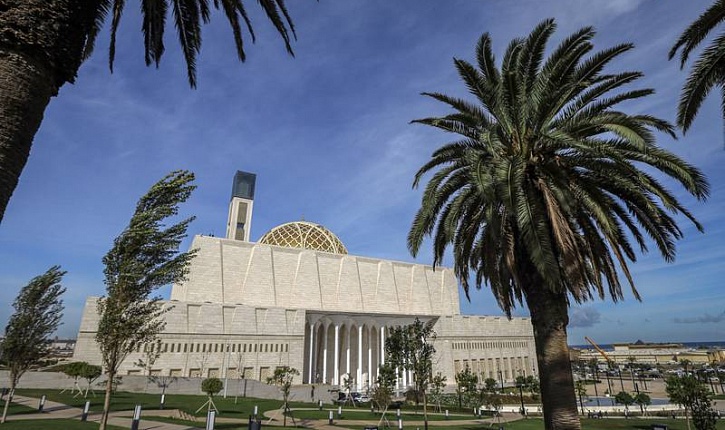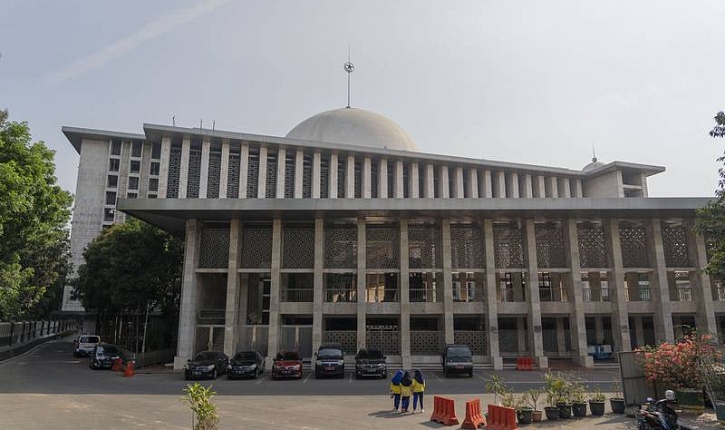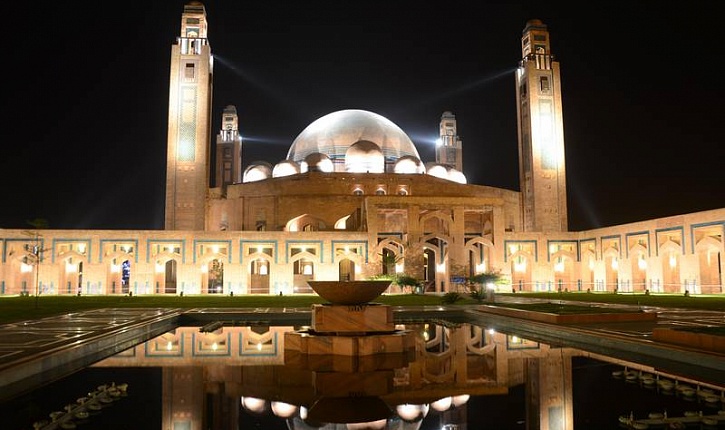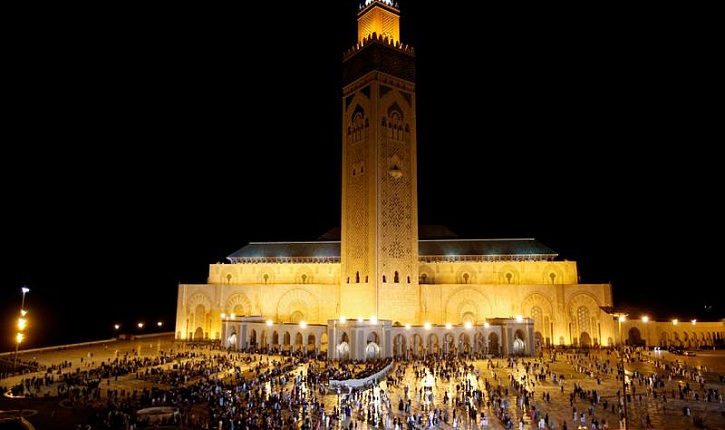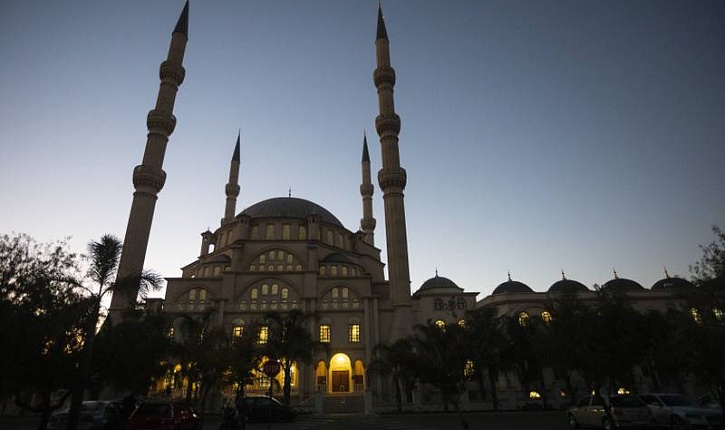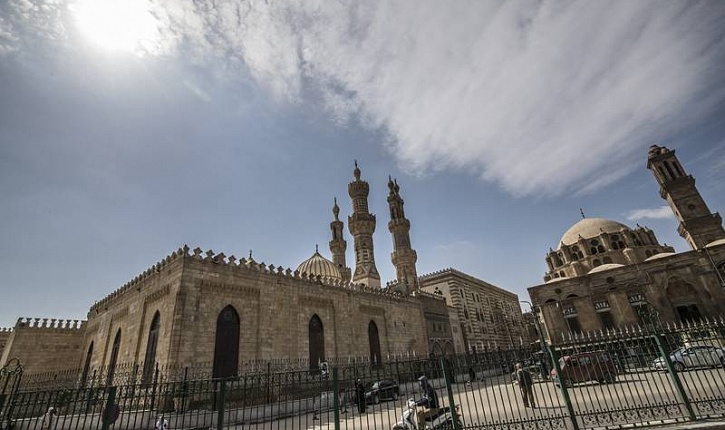The world's largest al – Haram Mosque may start using solar panels
Installing solar panels in 10 major mosques in the Middle East, Africa, Asia and Europe will save thousands of tons of carbon dioxide emissions per year, according to a Greenpeace report.
Ecologists say that improving the ecological efficiency of mosques could also bring wider benefits, emphasizing the importance of environmental issues for communities.
Among the mosques that are subject to detailed technical and environmental analysis are the Al-Haram Mosque in Makkah, the largest mosque in the world, and the Al-Nabawi Mosque in Madinah.
The Central Mosque of Glasgow (Scotland), where the climate change conference is taking place, is currently installing solar panels funded by an Islamic charity (Islamic Relief).
Using solar energy can reduce emissions and save money
Due to the use of solar panels, carbon dioxide emissions would be reduced by 12,000 tons per year, while the greatest savings would be in the Al-Nabawi Mosque, where emissions would be reduced to 3,200 tons of carbon dioxide per year.
According to the researchers, solar panels will account for 23 to 100 percent of the energy needs of each mosque.
Methods, including 3D modeling, were used to determine energy savings, while scientists also developed the optimal slope for solar panels in different regions of the world.
In addition to being installed on the roofs of mosques, the researchers have developed plans for their placement in courtyards adjacent to different buildings, where possible.
The estimated cost of installation in the Al-Nabawi Mosque can be up to $ 3.1 million, which is the most expensive project that should pay off within 8 years.
In some cases, the cost of installation pays off much faster, for example, in 5.5 years in the Central Mosque of Glasgow.
It is necessary to take the initiative
While we continue to offer a course aimed at improving the climate, we also need to take the initiative and make decisions that we are able to implement ourselves, just like it was done at the Glasgow Central Mosque this week,” said Nuhad Awwad, a campaigner for the Umma for Earth project at Greenpeace.
Solar panels were installed last year at the Istiqlal Mosque in Jakarta, which is currently partially powered by the electricity they generate.
Other mosques that will participate in the "green" program are the Al-Azhar Mosque in Cairo, the Al-Hassan II Mosque in Casablanca, the Grand Jamia Mosque in Lahore and the Great Mosque of Algeria.
Source of information:
http://www.thenationalnews.com
Ecologists say that improving the ecological efficiency of mosques could also bring wider benefits, emphasizing the importance of environmental issues for communities.
Among the mosques that are subject to detailed technical and environmental analysis are the Al-Haram Mosque in Makkah, the largest mosque in the world, and the Al-Nabawi Mosque in Madinah.
The Central Mosque of Glasgow (Scotland), where the climate change conference is taking place, is currently installing solar panels funded by an Islamic charity (Islamic Relief).
Using solar energy can reduce emissions and save money
Due to the use of solar panels, carbon dioxide emissions would be reduced by 12,000 tons per year, while the greatest savings would be in the Al-Nabawi Mosque, where emissions would be reduced to 3,200 tons of carbon dioxide per year.
According to the researchers, solar panels will account for 23 to 100 percent of the energy needs of each mosque.
Methods, including 3D modeling, were used to determine energy savings, while scientists also developed the optimal slope for solar panels in different regions of the world.
In addition to being installed on the roofs of mosques, the researchers have developed plans for their placement in courtyards adjacent to different buildings, where possible.
The estimated cost of installation in the Al-Nabawi Mosque can be up to $ 3.1 million, which is the most expensive project that should pay off within 8 years.
In some cases, the cost of installation pays off much faster, for example, in 5.5 years in the Central Mosque of Glasgow.
It is necessary to take the initiative
While we continue to offer a course aimed at improving the climate, we also need to take the initiative and make decisions that we are able to implement ourselves, just like it was done at the Glasgow Central Mosque this week,” said Nuhad Awwad, a campaigner for the Umma for Earth project at Greenpeace.
Solar panels were installed last year at the Istiqlal Mosque in Jakarta, which is currently partially powered by the electricity they generate.
Other mosques that will participate in the "green" program are the Al-Azhar Mosque in Cairo, the Al-Hassan II Mosque in Casablanca, the Grand Jamia Mosque in Lahore and the Great Mosque of Algeria.
Source of information:
http://www.thenationalnews.com
